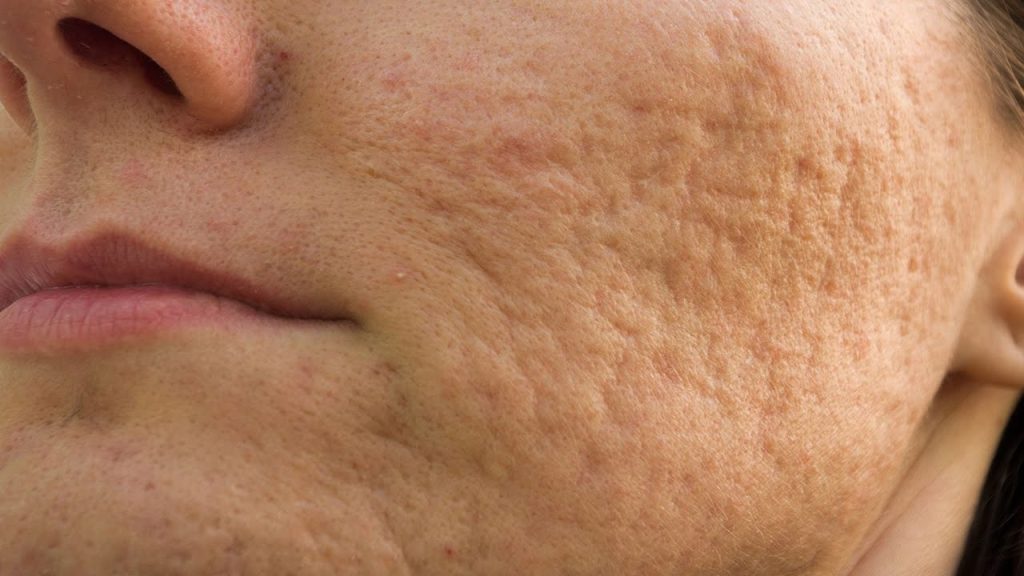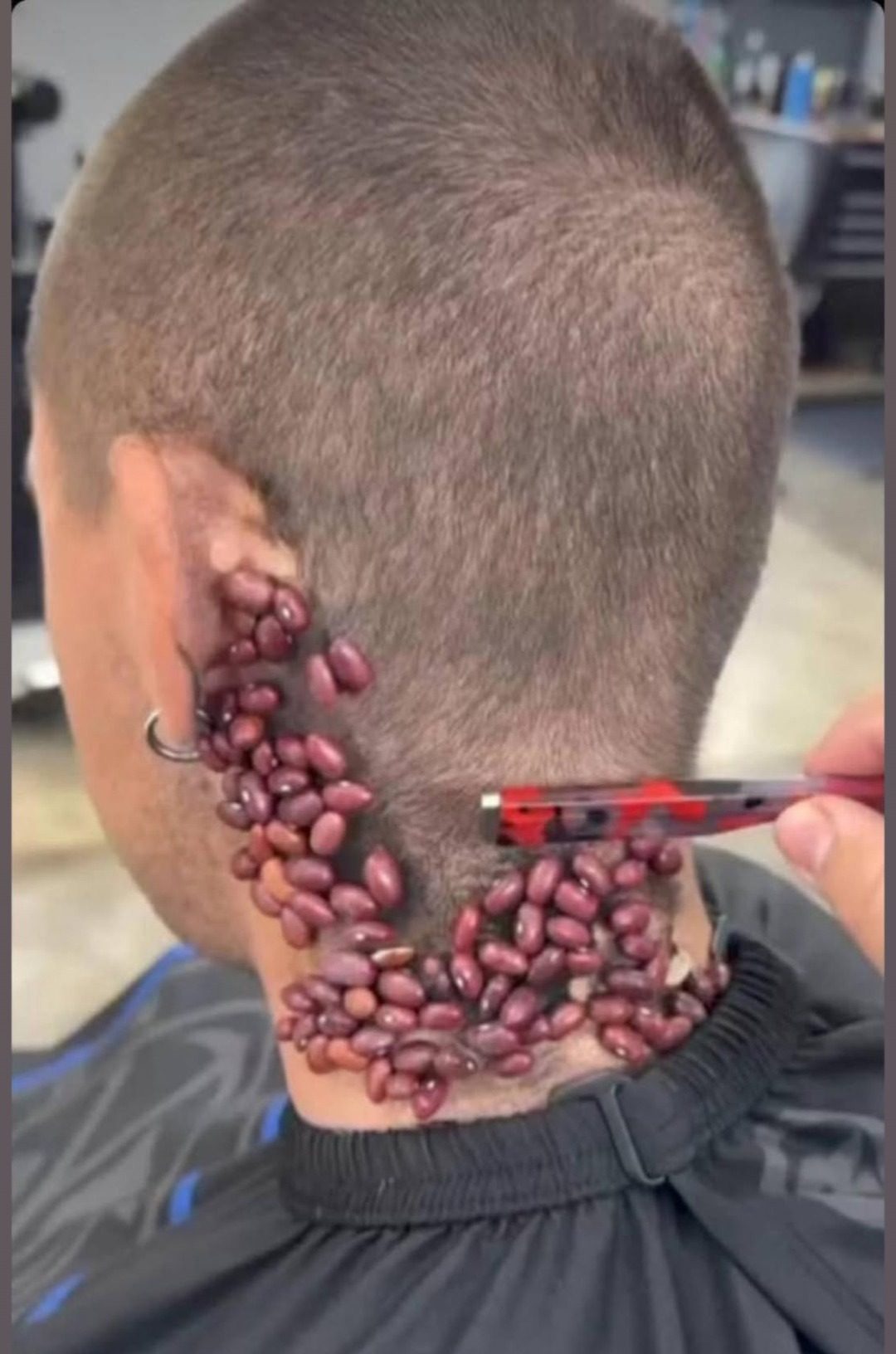What You Should Do!
Acne often acts as a clue about our health, but in most cases, it’s linked to simple lifestyle factors we can adjust. Identifying the triggers behind breakouts is key to prevention.
Cheek acne is commonly caused by bacteria from phones, dirty pillowcases, or touching the face—cleaning these regularly helps. Forehead acne often results from oily hair or greasy hair products; switching to lighter products and using a gentle cleanser can help.
Back acne may stem from sweat, tight clothes, or skincare products; showering after workouts and wearing breathable clothing is essential.
Nose acne is common due to larger pores and excess oil; tea tree oil or sulfur-based products can help. Acne around the mouth may be caused by contact with phones or cosmetics—using non-comedogenic products and avoiding touching the area is important.
Leg acne is usually due to friction or blocked follicles; if symptoms persist, consult a doctor. Jaw and neck acne often signals hormonal changes; a proper skincare routine and sunscreen use can manage it. Shoulder acne may result from clogged pores or tight clothes—hydration, sun protection, and loose clothing can reduce breakouts. Overall, paying attention to these signs can help maintain healthier skin.


